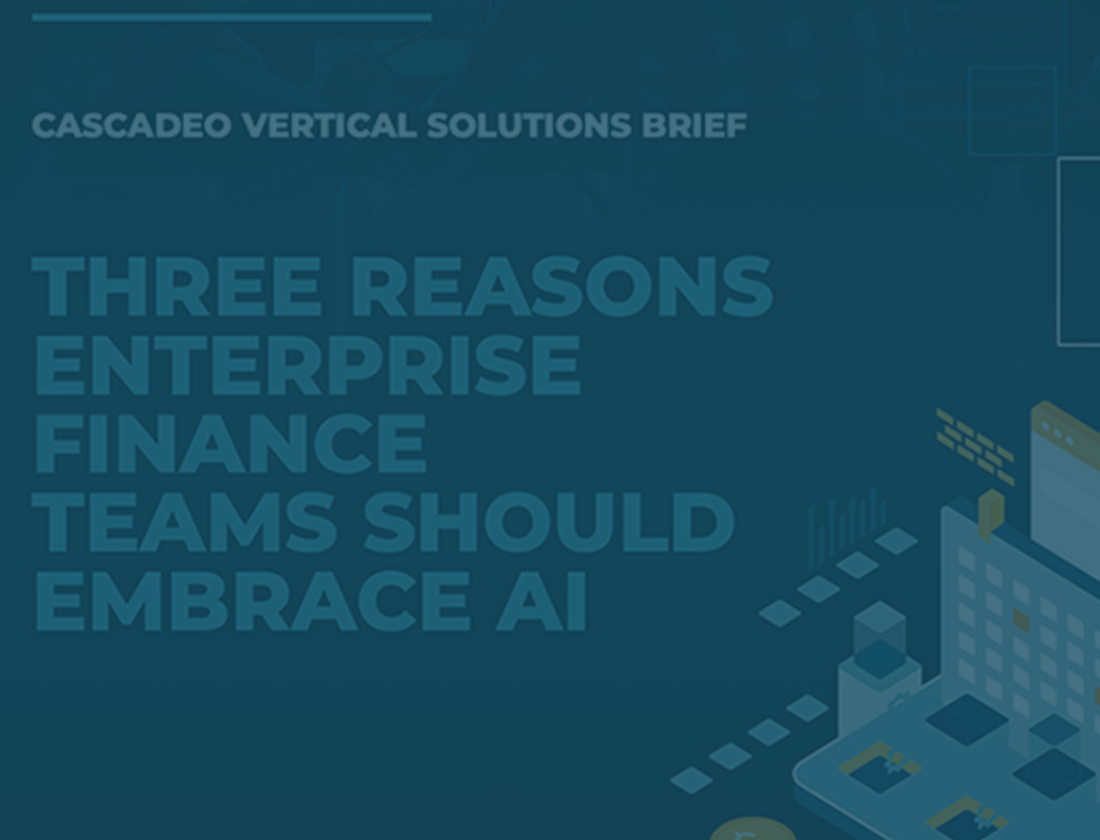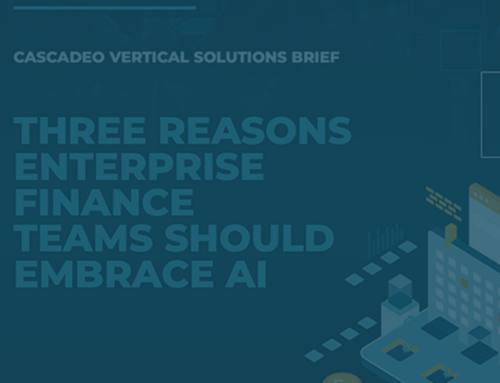
While it remains essential to address the security risks presented by generative AI, its capacity to improve operational security should be a consideration in every AI strategy.
Gen AI can Enhance and Support Security & Governance

There’s plenty of discussion taking place about security and generative AI, particularly around guarding your data while you use it. But enterprises building a generative AI strategy should consider all the ways gen AI can provide, enhance, and support security and governance across your operations, as well.
Automation
Keeping in mind that 88% of all cloud security breaches are caused by human error, maximizing automation—and removing as many human hands from processes as possible—is a key step in improving your security profile. Both generative and traditional AI tools are valuable for automating processes, particularly when they are combined in a composite AI approach, which allows each to supplement and reinforce the other, strengthening both.
Monitoring, Observability, and Operations Support
Automation in monitoring and anomaly detection is a well-established benefit offered by cloud management tools, of course. AI/ML pattern recognition and event prediction is an essential component of any well-managed operation. Adding generative AI in a composite approach can improve monitoring and accelerate issue resolution and prevention by providing detailed analysis, verification, and remediation recommendations, as it does in Cascadeo’s cloud management platform, Cascadeo AI. The platform also uses generative AI to make operations data legible with AI generated automated reporting.
Access and Asset Inventories
Generative AI can be used to automate discovery processes, offering visibility of all access instances and the full inventory of your infrastructure, facilitating tight access control and elimination of threats like trojan horse malware that might otherwise remain hidden. AI tools can also support improved access management with automated MFA, password rotation, and credential storage.
Risk Assessment
AI can draw insights from security audits, controls testing data, and vulnerability analyses to interpret and prioritize risks. It can also be used to generate synthetic data for vulnerability modeling, allowing you to understand and address potential future risks.
Policy Generation and Application
Automated analysis of compliance risks and requirements can help improve your governance and security posture, as well as producing and automatically applying security and compliance policies across a variety of regulatory frameworks, assuring your data stays in line with your expectations.
Fraud Pattern Detection and Prediction
In customer-facing circumstances, gen AI tools can be configured to automate pattern analysis to recognize anomalies that suggest fraud, significantly reducing the time and expense of fraud detection.
Knowledge Support
Generative AI can also provide a staff education function, both as a research tool in its basic LLM form, and and in a support capacity, scanning code to identify security vulnerabilities and suggest remediations to address lapses. It can also be used to produce training materials and procedural documentation, and to keep those resources current and periodically updated, so that security practices can be standardized across positions and departments.
While it remains essential to address the security risks presented by generative AI, including placing a high priority on data protection for every staff member who uses these tools, their capacity to improve operational security should be a consideration in every AI strategy, as well. As generative AI’s capacities and variety of implementations evolve, opportunities to use it to enhance security will, as well. These implementations are much higher order functions than prompting an LLM to produce ad copy, and they require planning, expertise, and budget. But considering that the average cost of a data breach in 2023 was $4.45 million, which may not fully account for reputational damage and lost business, security enhancements may be the most important investment an enterprise can make.







